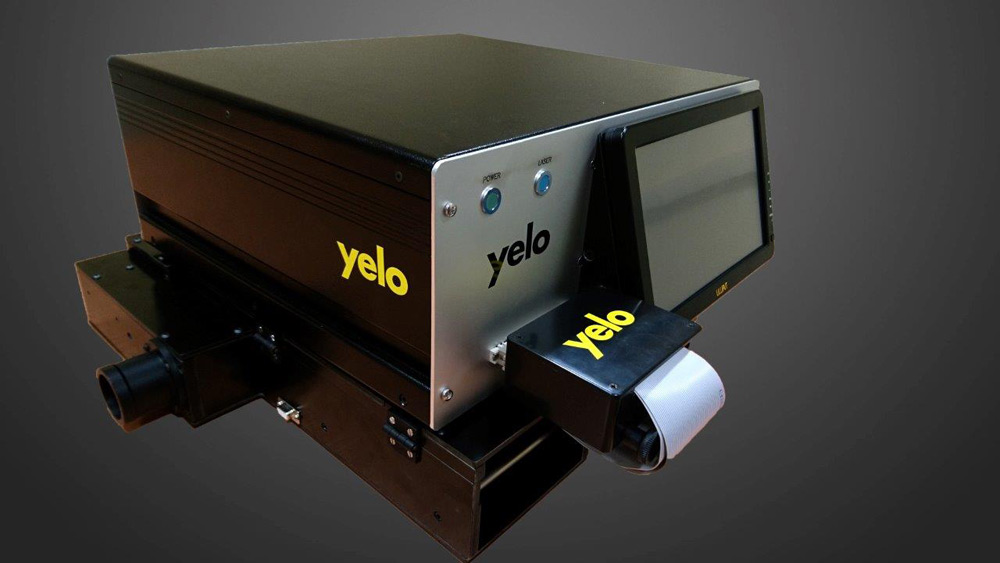Photonics
Yelo build equipment to stress the laser devices using a process called burn-in. We then test the functionality of the lasers to make sure they still work and to screen out (remove) any defective laser devices from reaching the field.
The equipment is designed to test lasers in high volumes so that device manufacturers in production environments can scale up and meet the high volume demands of the market. Alternatively, the equipment can be customised to test laser devices in low volumes for device manufacturers operating in low volume R&D environments.
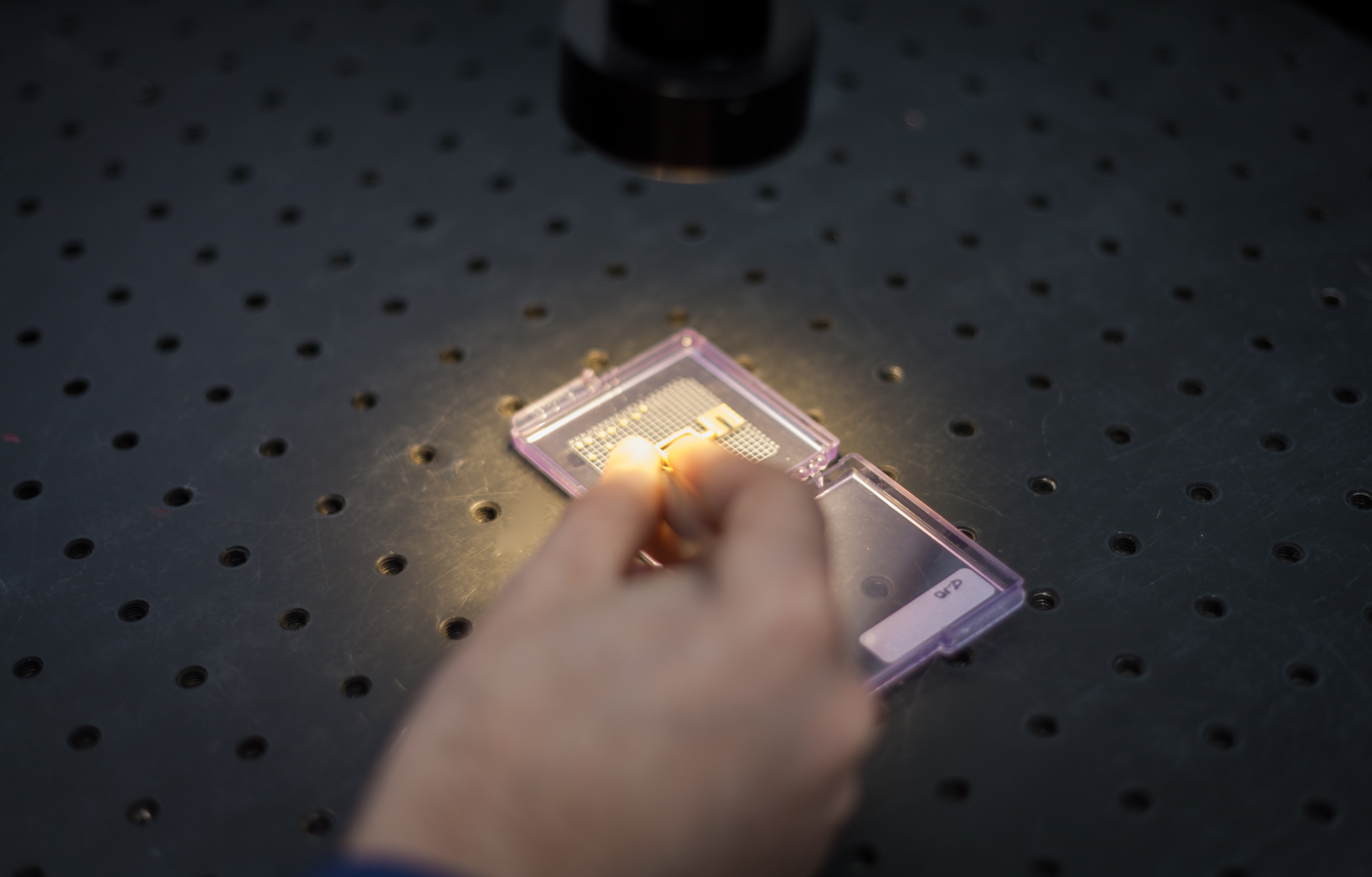
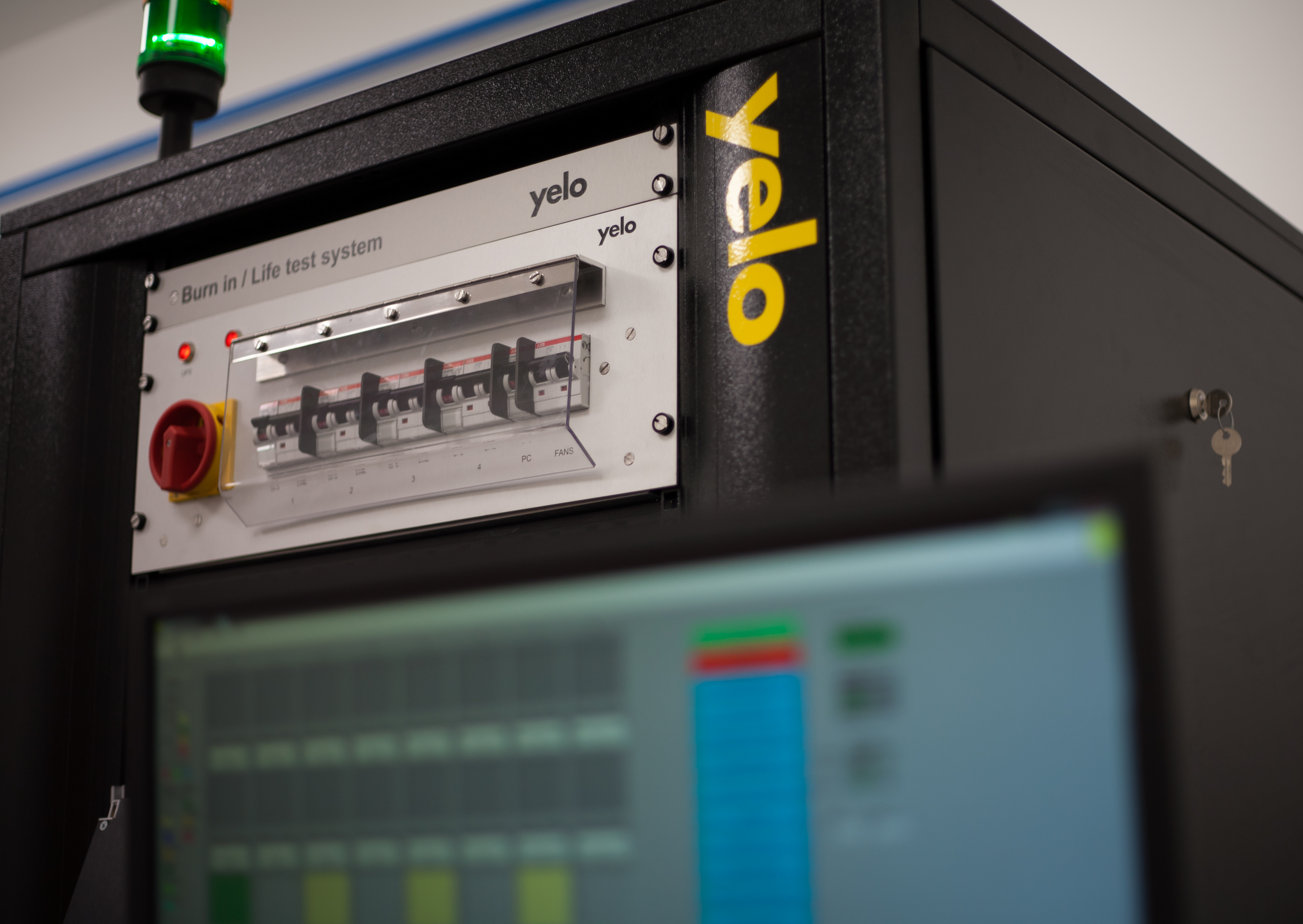
The importance of burn-in and test data
To succeed, PICs need to be not just fast, but reliably fast. For light sources, this means applying a burn-in process - in other words, running components under a continuous period of operation to check for defects and ensure that every device shipped is up to standard. The aim of production burn-in is to stress the laser diode crystal structure using higher than normal operating current and operating temperature. Under these conditions a point of so-called infant mortality will be detected. Typical soak temperature ranges from 85°C to 150°C and typical current ranges are 50-150% of the normal operating current.
Having this reliability data is essential to device makers in winning repeat orders and can justify a premium on price. The data also goes hand in hand in appraising new layouts and optimising manufacturing.
The challenges of scaling up
One of the real challenges for companies involved in the industry is how to scale-up their output. What are the options for speeding up the production process, which includes the assembly, packaging and testing of optical devices?
The obvious answer is full automation. As the demand for optical devices increases, the firms that will successfully capture market share will be the ones who can scale-up their production lines using automation to increase the throughput of devices getting into the field. What’s more, automation can free-up a firm’s engineering resource to be used more efficiently in other areas.
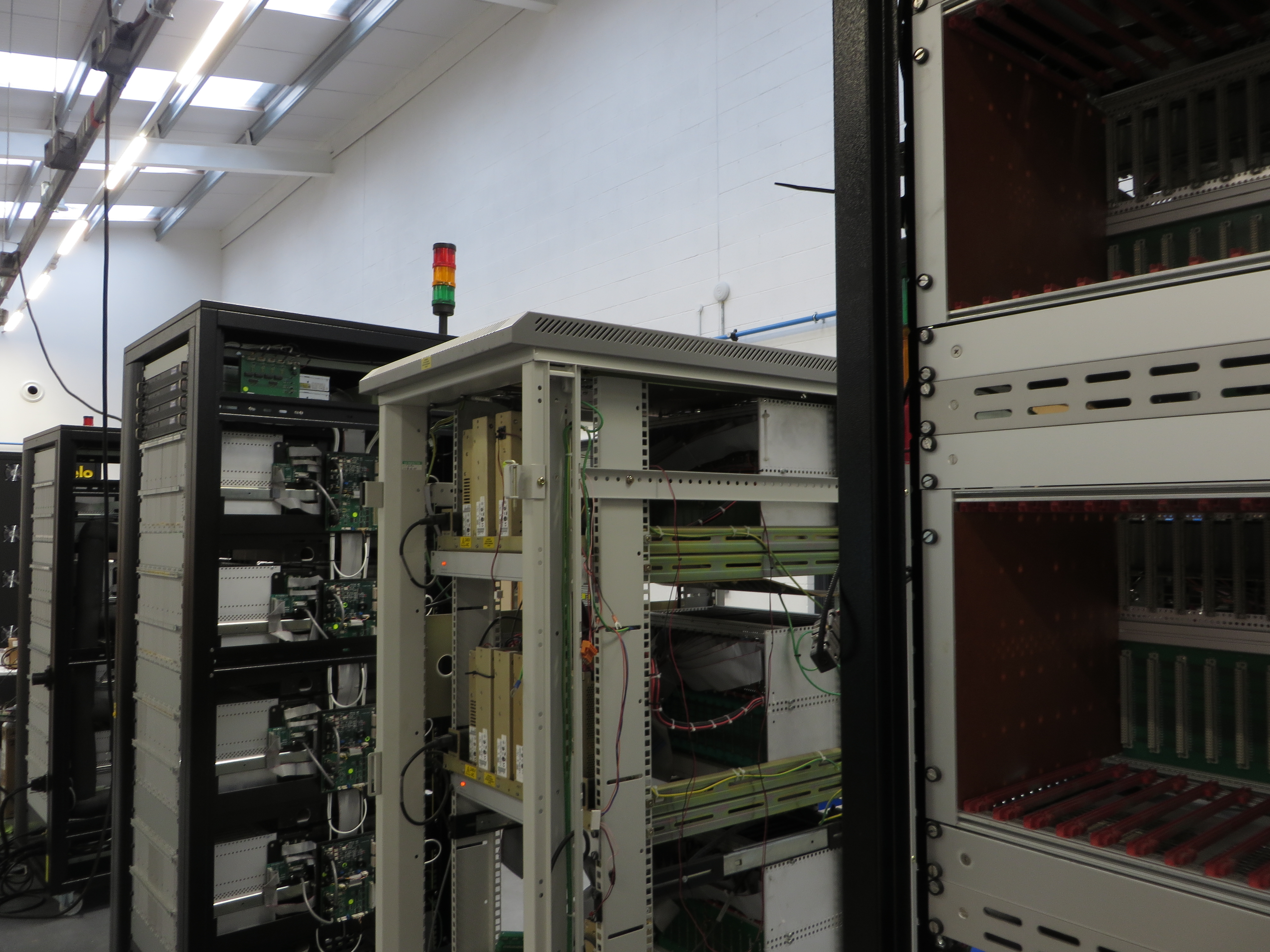
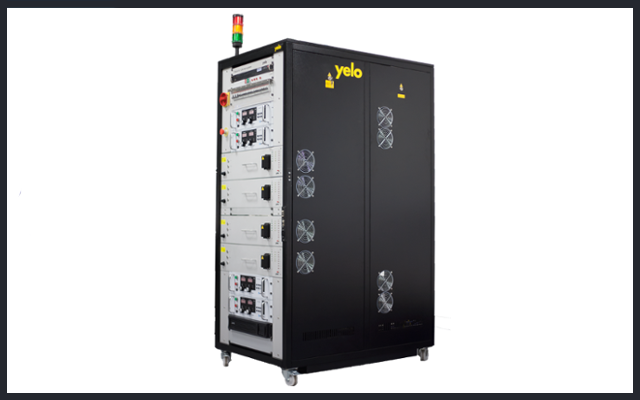
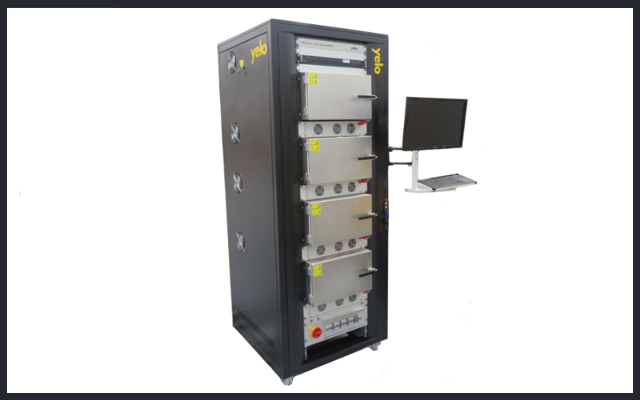
Test solutions
Yelo has been developing a range of test equipment and services to help device makers in scaling-up their processes. Our burn-in systems (see left) along with our support and maintenance services are widely used in the telecommunications and data communications industries and help device makers get the test data they need to produce a qualification report for the requirements outlined in the Telcordia GR-468 document.
Yelo wants to ensure that device makers are aware of the importance of having reliability test data. To give an example - we recently worked with a leading US based scientific instrumentation organisation that didn’t have any data, but needed their devices to have a 10 year lifetime. It actually turned out that their devices had a 50% failure rate after just 6 months and were late in getting their product to market. To help them, we were able to propose a detailed life test strategy which included;
- Current and Temperature Conditions
- Multiple Current Zones
- Multiple Temperature Zones
- Analysis and Provisions of lifetime for each optical device
We also had a discussion with an academic institution on best practice for experiments and test procedures. Yelo are currently testing their devices in-house and are sending the client reliable test data every two weeks and they now have a competitive product to take to market with a reduction in warranty costs and field visits.
New additions
Our most recent development is the LIV (light – current – voltage) test instrument (figure 2) and works as an integral part of the testing process. Our typical process is to perform a pre burn-in LIV measurement on devices, burn-in devices at the conditions required by the client and then perform another post LIV measurement to monitor any change in threshold.
Other hurdles to overcome
Challenges remain for burn-in and test – for example, as devices move to smaller sizes, the handling of components will need to adapt accordingly. At Yelo, we are actively researching and developing solutions to these problems.
